EPoX EP-9U1697-GLi: ULi M1697 Goes Mainstream
by Gary Key on March 15, 2006 12:05 AM EST- Posted in
- Motherboards
Audio Performance
The Realtek ALC-655 AC97 audio codec was tested with the recently released 3.84 driver set. The Realtek DirectSound audio drivers do not support more than 26 hardware buffers and the OpenAL 1.1 drivers do not support more than 23 hardware buffers at this time, so the scores cannot be directly compared to the HDA Mystique 7.1, Realtek ALC-882, and Creative Labs Sound Blaster X-FI audio solutions in the benchmarks. The Realtek OpenAL 1.1 driver increases CPU utilization up to 8% more than the Realtek DirectSound drivers.
If you are a serious gamer, then a dedicated sound card is still a requirement to ensure consistent frame rate averages across a wide variety of games. We noticed in previous testing of our Battlefield 2 and Half Life 2 benchmarks that the Realtek AC97 audio codecs would cause stuttering in intensive scenes. The 3.84 driver release does not have stuttering in our current benchmarks while improving performance across the board.
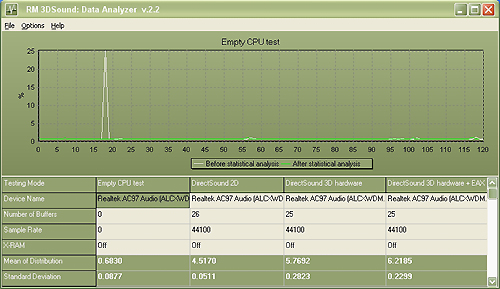
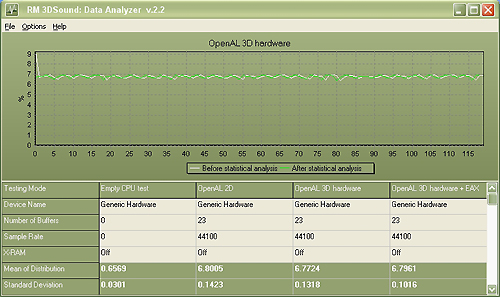
The Realtek ALC-655 AC97 audio codec was tested with the recently released 3.84 driver set. The Realtek DirectSound audio drivers do not support more than 26 hardware buffers and the OpenAL 1.1 drivers do not support more than 23 hardware buffers at this time, so the scores cannot be directly compared to the HDA Mystique 7.1, Realtek ALC-882, and Creative Labs Sound Blaster X-FI audio solutions in the benchmarks. The Realtek OpenAL 1.1 driver increases CPU utilization up to 8% more than the Realtek DirectSound drivers.
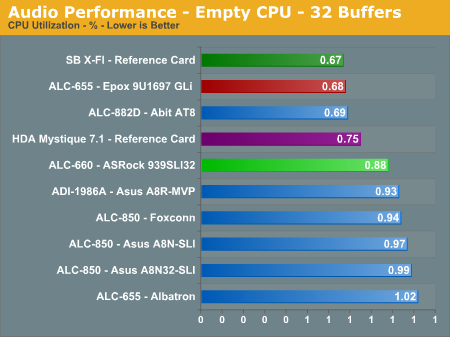
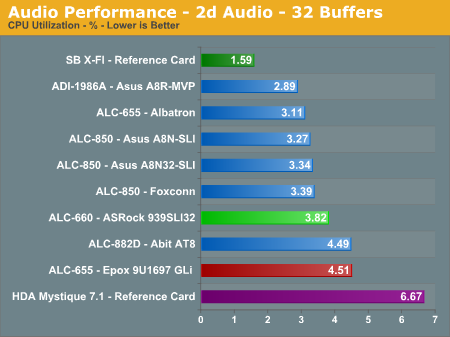
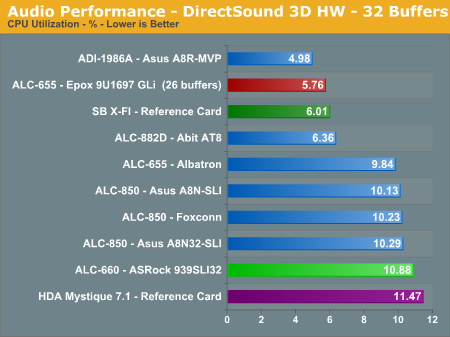
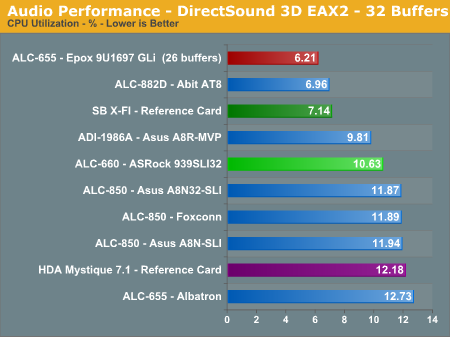
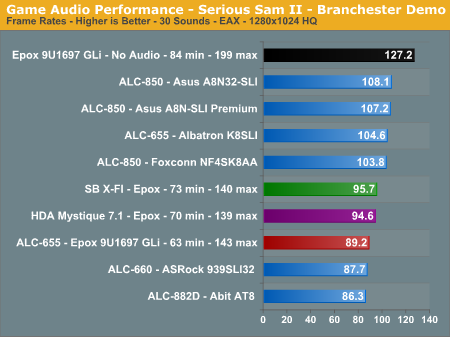
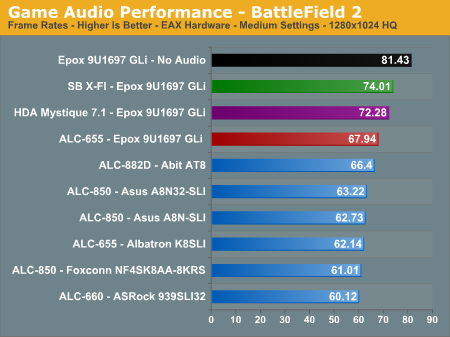
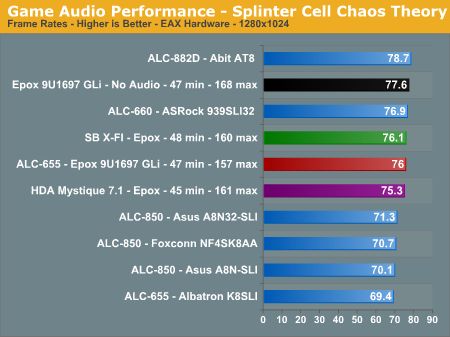
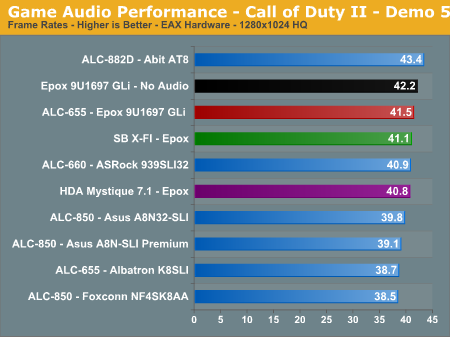
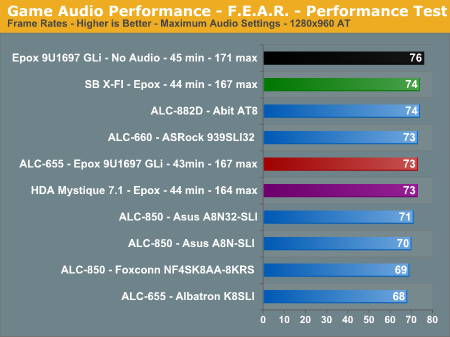
If you are a serious gamer, then a dedicated sound card is still a requirement to ensure consistent frame rate averages across a wide variety of games. We noticed in previous testing of our Battlefield 2 and Half Life 2 benchmarks that the Realtek AC97 audio codecs would cause stuttering in intensive scenes. The 3.84 driver release does not have stuttering in our current benchmarks while improving performance across the board.
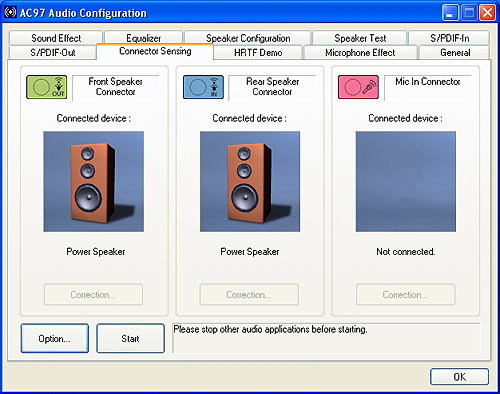
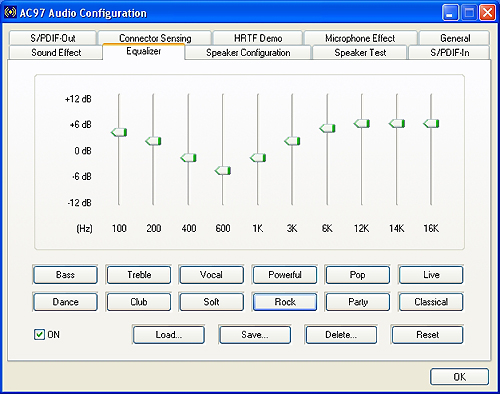










35 Comments
View All Comments
Palek - Wednesday, March 15, 2006 - link
Gary,There is a spelling error in the last sentence of the 1st page:
"Let's find out how Epox's offering fairs against the competition."
The correct spelling is "fares" not "fairs".
Gary Key - Wednesday, March 15, 2006 - link
I had corrected it on the final draft and somehow it still made it in. My fault for not catching it once the article went live last night. It is corrected now as are the ascending chart figures.Googer - Wednesday, March 15, 2006 - link
Is epox part of Shuttle?http://local.google.com/local?q=Epox%20EP-9U1697-G...">http://local.google.com/local?q=Epox%20...utf-8&am...
Googer - Wednesday, March 15, 2006 - link
The ULi M1695 is all about upgradeability and the ASrock implementation uses a 20pin PSU where as the Epox implementation needs a 24pin connection. Based on the benchmarks it also looks like you will need to purchase a PCI-e x1 gigabit controller.Speaking from experience, my biggest gripe on the ASrock M1695 is the BIOS is very quirky and can be very very slow to POST.
Epox is the king if you are an overclocker and overall performance is very impressive compaired to the ASrock ULi M1695.
Avalon - Wednesday, March 15, 2006 - link
8Mb throughput? Are you sure that's not a mistake?The only comment on Epox's ethernet score was that it was not competitive...700Mb vs 8Mb...I'd say something is wrong, or a typo?
Palek - Wednesday, March 15, 2006 - link
Yeah, I noticed that, too, then I found the missing "9" outside the graph area. The figure is correct, it's just the layout that is messed up.Gary Key - Wednesday, March 15, 2006 - link
The actual number is 98.9Mb/s. Our graph engine has a small issue with variances that wide. It placed the 9 into the description field. I updated the text statement to reflect this issue. Thank you.Peter - Friday, March 17, 2006 - link
While you're updating, you might want to correct the research error that the RTL8201 is a "PCI based solution". It is not, it's just a PHY to the ULi chip's integrated 10/100 MAC.Oh, and when are you finally going to stop attributing memory performance to chipsets on AMD64?
Cygni - Wednesday, March 15, 2006 - link
Might have to pick one of these up...Rock Hydra - Wednesday, March 15, 2006 - link
The Epox EP-9U1697 GLi displayed superb stability with 4 DDR2 modules in Dual-Channel operation at the settings of 2-2-2-7, but it required the command rate to be increased to 2T.